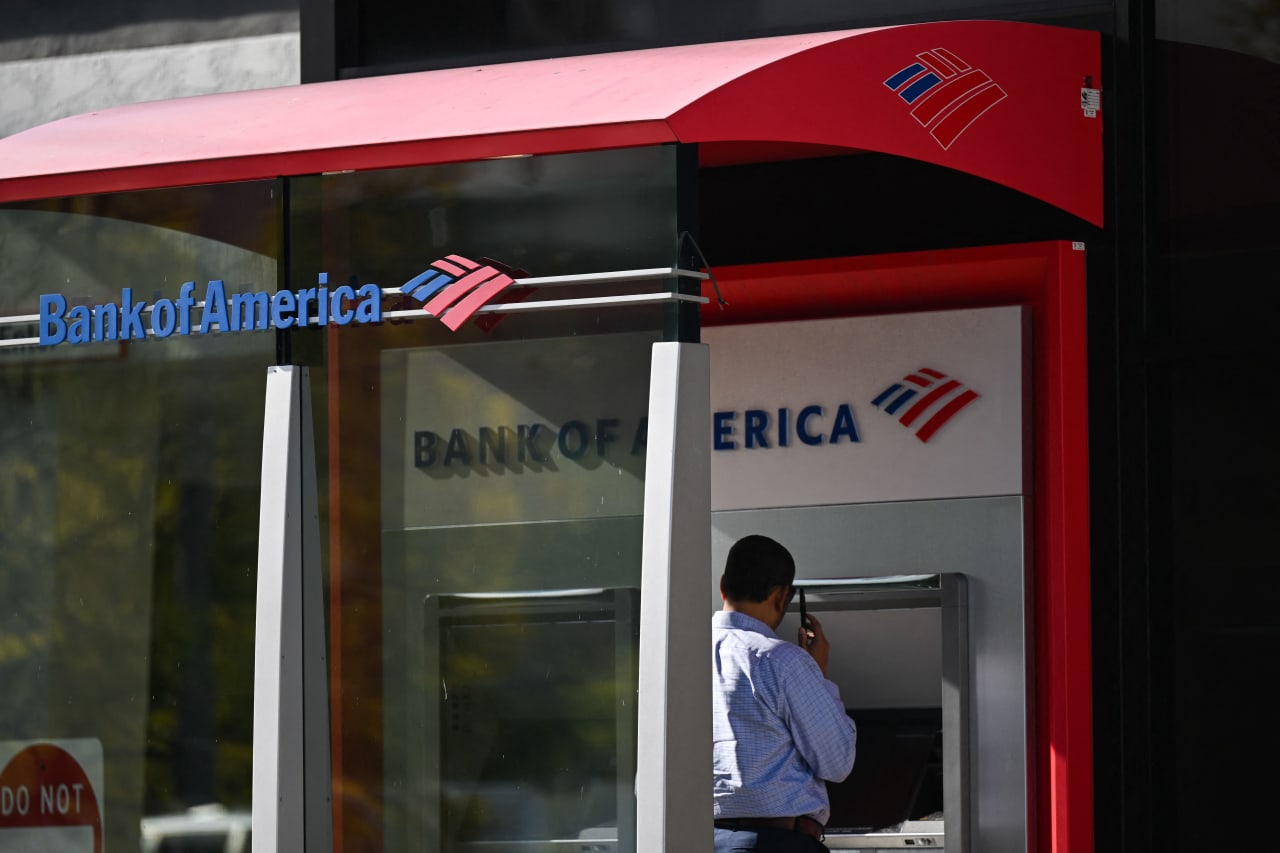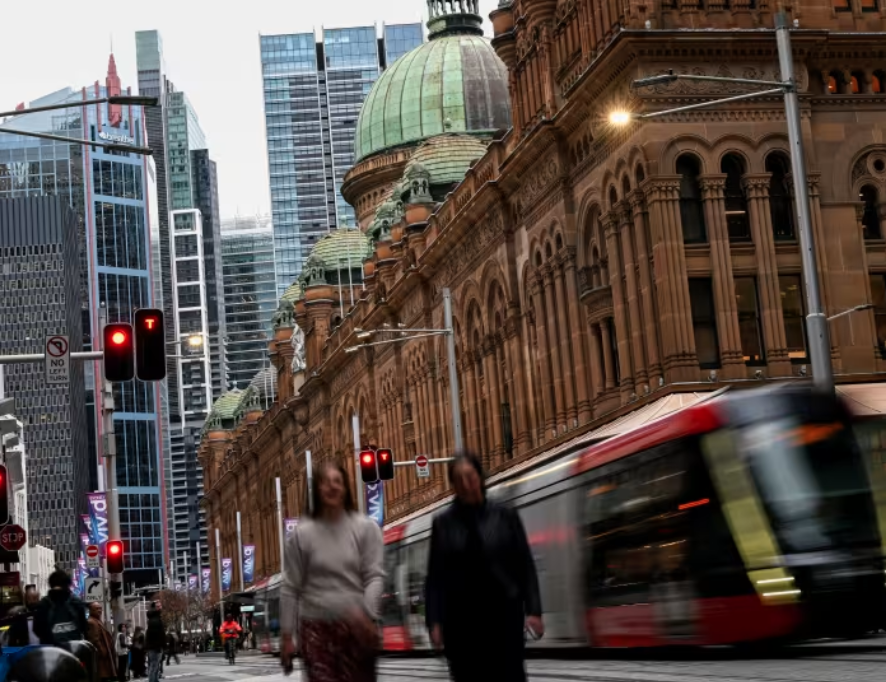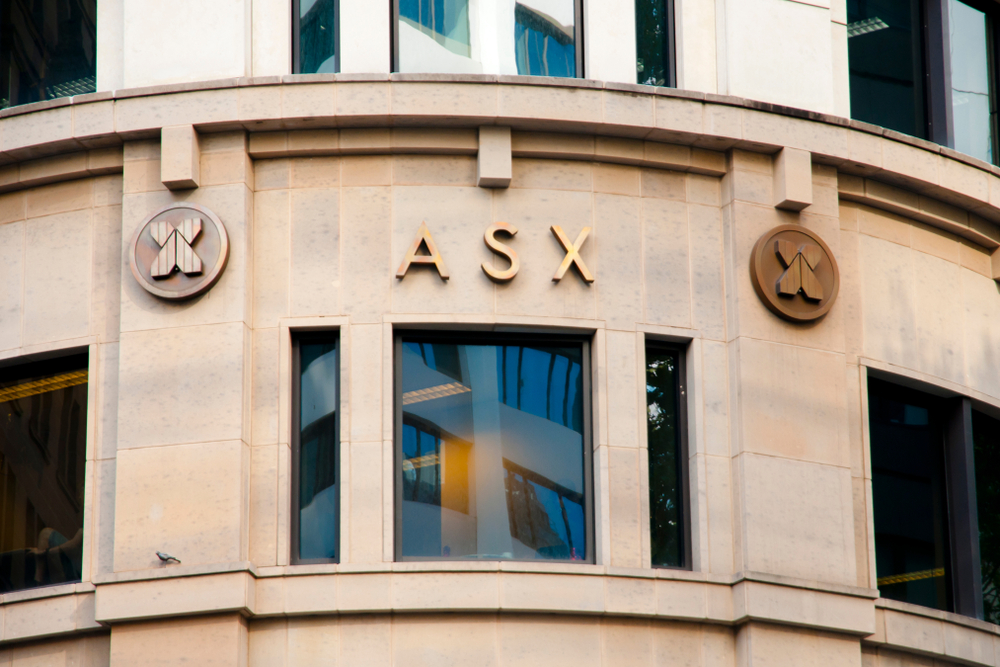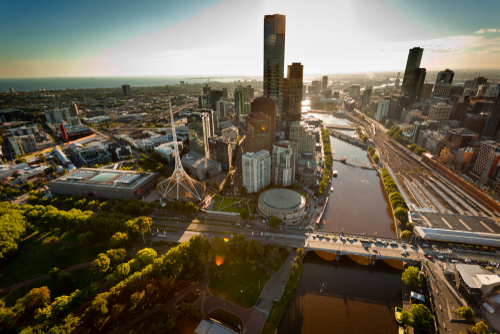Australians living longer and in better health, but it comes at a cost
The Federal Government’s Intergenerational Report flags changes to employment and taxation as the number of older Australians is set to double
Australians are set to live longer and be in better health into their later years, but that means future generations will need to shoulder a bigger tax burden to pay for it.
Those are some of the major findings of the government’s much-anticipated Intergenerational Report, to be released on Thursday by Treasurer Jim Chalmers.
The report, the fifth of its kind produced over the past 20 years, makes key social and economic forecasts about the next four decades – and what needs to be done to sustain those changes.
It will show life expectancy is set to rise to 87 years for men and 89.5 years for women by 2062-63.
The proportion of the population aged over 65 is forecast to double, while the number of people over 85 is set to triple, which the report concedes is “an ongoing economic and fiscal challenge”.
The economic consequences of those changes will be significant, with health spending expected to increase sharply, Dr Chalmers said.
Four other main expenditure areas of the Commonwealth budget, being aged care, the National Disability Insurance Scheme, interest on debt, and defence – will leap from one-third of total government spend to one half.
In particular, the so-called ‘care economy’ will almost double from eight per cent of GDP to about 15 per cent in 2062-63.
“Whether it’s health care, aged care, disabilities or early childhood education – we’ll need more well-trained workers to meet the growing demand for quality care over the next 40 years,” Dr Chalmers said.
“The care sector is where the lion’s share of opportunities in our economy will be created.”
Productivity, which has slumped for several tears now, is expected to remain flat and the report has revised down growth “from its 30-year average of around 1.5% to the recent 20-year average of around 1.2%”.
“Placing more weight on recent history better reflects headwinds to productivity growth, such as continued structural change towards service industries, the costs of climate change, and diminishing returns from past reforms,” it reads.
“This downgrade is consistent with forecasts in other advanced economies.”
Australia’s population in 40 years’ time is projected to hit 40 million, although the rate of growth will slow. The economy will rely more greatly on migration to meet skills shortages.
Dr Chalmers said the Intergenerational Report is a warning of the need to ensure the coming changes “work for us and not against us”.
“We’ve shown and demonstrated a willingness and an ability to make difficult decisions to put the budget on a more sustainable footing,” he said.
The report’s findings will spark renewed debate about the need for broad-based tax reform, forecasting a growing reliance on income tax as other revenue – like company tax and the GST – plateaus in the next decade.
One section of the report reads: “Structural changes to the economy are projected to put pressure on the revenue base over the coming decades.”
But rather than raising the GST, Dr Chalmers has flagged tax reform targeting multinationals, the petroleum resource rent tax, high-balance superannuation and cigarettes as possible areas of focus.
Ahead of the report’s release, the Business Council of Australia this week unveiled its national plan to grow productivity and increase competitiveness via a package of reforms.
“If we want sustained wages growth and to maintain full employment, the nation needs a reinvigorated economic growth agenda driven by large-scale investment, higher productivity and greater innovation,’’ the group’s president Tim Reed said.
“Our [plan] outlines how to deliver that agenda – putting forward the big ideas to dramatically alter Australia’s economic trajectory to deliver higher living standards.’’
Among its proposed policies are calls for microeconomic reform, a 10-year net zero roadmap and an overhaul of taxation.
This stylish family home combines a classic palette and finishes with a flexible floorplan
Just 55 minutes from Sydney, make this your creative getaway located in the majestic Hawkesbury region.
When will Berkshire Hathaway stop selling Bank of America stock?
Berkshire began liquidating its big stake in the banking company in mid-July—and has already unloaded about 15% of its interest. The selling has been fairly aggressive and has totaled about $6 billion. (Berkshire still holds 883 million shares, an 11.3% interest worth $35 billion based on its most recent filing on Aug. 30.)
The selling has prompted speculation about when CEO Warren Buffett, who oversees Berkshire’s $300 billion equity portfolio, will stop. The sales have depressed Bank of America stock, which has underperformed peers since Berkshire began its sell program. The stock closed down 0.9% Thursday at $40.14.
It’s possible that Berkshire will stop selling when the stake drops to 700 million shares. Taxes and history would be the reasons why.
Berkshire accumulated its Bank of America stake in two stages—and at vastly different prices. Berkshire’s initial stake came in 2017 , when it swapped $5 billion of Bank of America preferred stock for 700 million shares of common stock via warrants it received as part of the original preferred investment in 2011.
Berkshire got a sweet deal in that 2011 transaction. At the time, Bank of America was looking for a Buffett imprimatur—and the bank’s stock price was weak and under $10 a share.
Berkshire paid about $7 a share for that initial stake of 700 million common shares. The rest of the Berkshire stake, more than 300 million shares, was mostly purchased in 2018 at around $30 a share.
With Bank of America stock currently trading around $40, Berkshire faces a high tax burden from selling shares from the original stake of 700 million shares, given the low cost basis, and a much lighter tax hit from unloading the rest. Berkshire is subject to corporate taxes—an estimated 25% including local taxes—on gains on any sales of stock. The tax bite is stark.
Berkshire might own $2 to $3 a share in taxes on sales of high-cost stock and $8 a share on low-cost stock purchased for $7 a share.
New York tax expert Robert Willens says corporations, like individuals, can specify the particular lots when they sell stock with multiple cost levels.
“If stock is held in the custody of a broker, an adequate identification is made if the taxpayer specifies to the broker having custody of the stock the particular stock to be sold and, within a reasonable time thereafter, confirmation of such specification is set forth in a written document from the broker,” Willens told Barron’s in an email.
He assumes that Berkshire will identify the high-cost Bank of America stock for the recent sales to minimize its tax liability.
If sellers don’t specify, they generally are subject to “first in, first out,” or FIFO, accounting, meaning that the stock bought first would be subject to any tax on gains.
Buffett tends to be tax-averse—and that may prompt him to keep the original stake of 700 million shares. He could also mull any loyalty he may feel toward Bank of America CEO Brian Moynihan , whom Buffett has praised in the past.
Another reason for Berkshire to hold Bank of America is that it’s the company’s only big equity holding among traditional banks after selling shares of U.S. Bancorp , Bank of New York Mellon , JPMorgan Chase , and Wells Fargo in recent years.
Buffett, however, often eliminates stock holdings after he begins selling them down, as he did with the other bank stocks. Berkshire does retain a smaller stake of about $3 billion in Citigroup.
There could be a new filing on sales of Bank of America stock by Berkshire on Thursday evening. It has been three business days since the last one.
Berkshire must file within two business days of any sales of Bank of America stock since it owns more than 10%. The conglomerate will need to get its stake under about 777 million shares, about 100 million below the current level, before it can avoid the two-day filing rule.
It should be said that taxes haven’t deterred Buffett from selling over half of Berkshire’s stake in Apple this year—an estimated $85 billion or more of stock. Barron’s has estimated that Berkshire may owe $15 billion on the bulk of the sales that occurred in the second quarter.
Berkshire now holds 400 million shares of Apple and Barron’s has argued that Buffett may be finished reducing the Apple stake at that round number, which is the same number of shares that Berkshire has held in Coca-Cola for more than two decades.
Buffett may like round numbers—and 700 million could be just the right figure for Bank of America.
This stylish family home combines a classic palette and finishes with a flexible floorplan
Just 55 minutes from Sydney, make this your creative getaway located in the majestic Hawkesbury region.


















